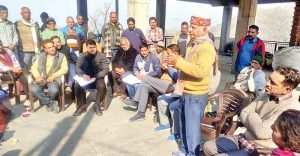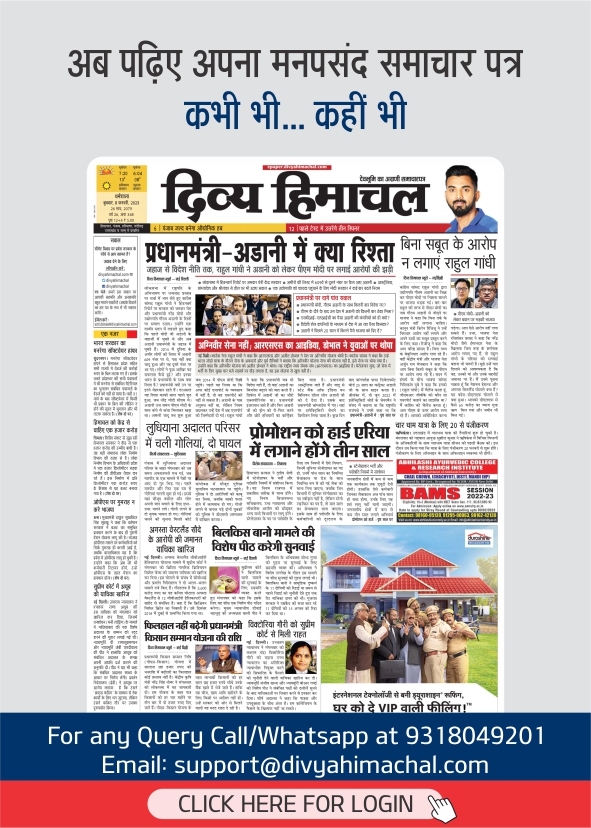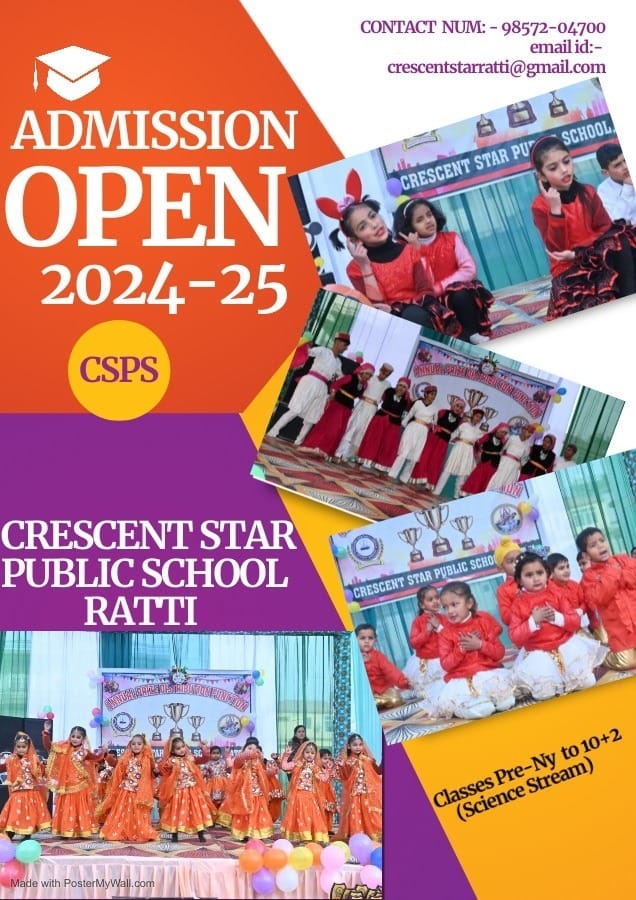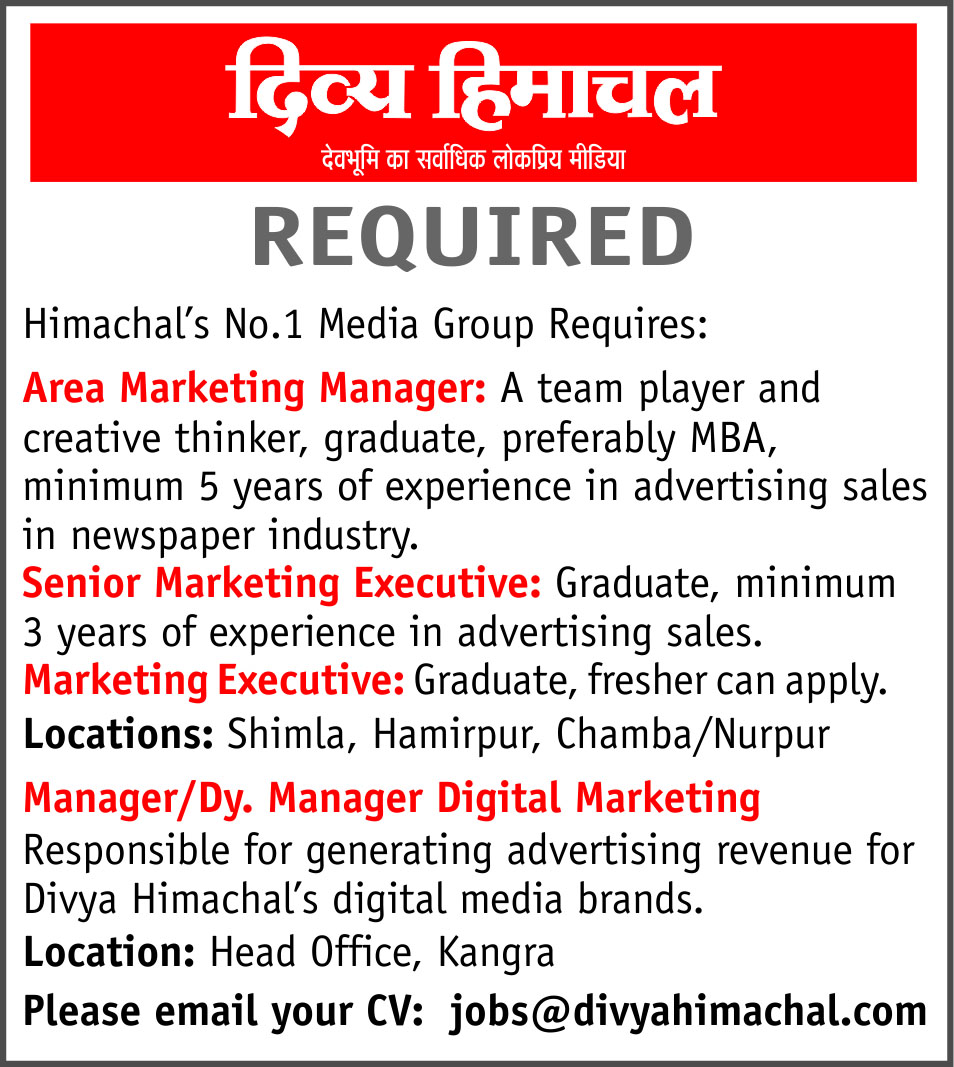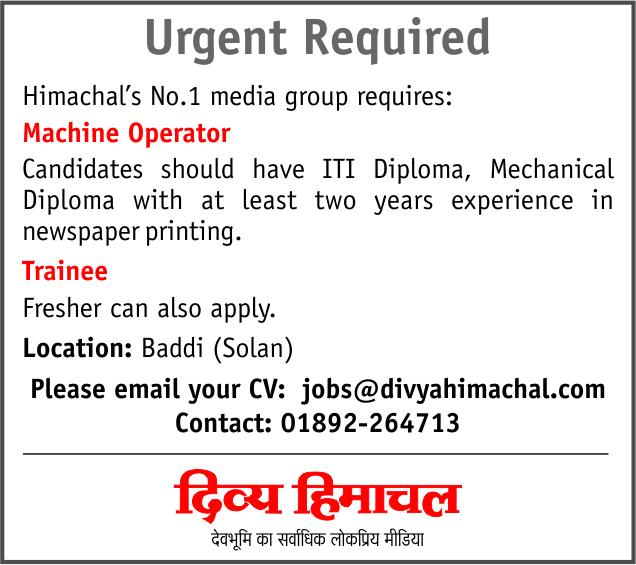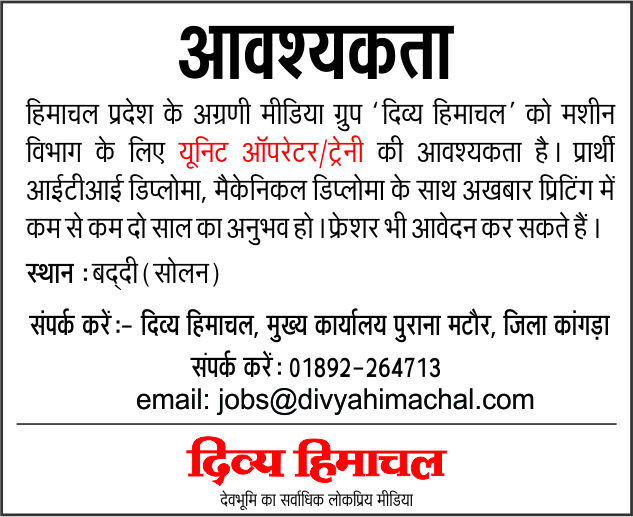Himachal’s No Medical College Among India’s Top 25 Institutions
Y.S. Rana
The writer is a Hamirpur based Himachali settled in Chandigarh

States like Karnataka and Kerala, having highest number of private medical colleges, performed performed the worst with over 90% of colleges having no publications to show during the last decade. No medical college in Himachal Pradesh ranked among the top 25 institutions on the basis of research output. The ICMR first of five pillars of new strategy Vision 2030 is strengthening biomedical and health research capacity in the country through a number of different schemes excited the medical faculty for research. “There is a huge demand from dental and physiotherapy students that Short Term Studentship (STS) should also be extended to them,” said Swaminathan and added that permission of private practice was a big disincentive for research.
The ICMR will set up data depositories and data warehouses of all health data across the country. The ICMR now has a network of labs that collects data on vector-borne diseases like Dengue. The ICMR has been working with the Registrar General of India (RGI) to utilize the sample registration survey (SRS) data and with the global burden of disease (GBD) group in Seattle to develop state level disease burden estimates. It will bring out an update on global burden of disease every year.
The main focus of the council is on diseases that are to be eliminated. It is working with the ministry of health on Kala Azar, filariasis, measles, malaria and TB to identify gaps in knowledge and try to develop tools to address those gaps.
* Analysis of medical papers published between 2005-2014 reveals that only a few medical colleges in the country encourage and promote the culture of research. The need is to ensure that more medical colleges get involved in research
– Soumya Swaminathan,
Director of the Indian Council for Medical Research (ICMR), and Secretary in the Department of Health Research
Malnutrition Issue

* 332 (57.3%) of medical colleges did not have single publication during 2005-2014
* Karnataka and Kerala, having highest number of private medical colleges, performed worst with over 90% of colleges having no publications to show during the last decade
* No medical college in Himachal Pradesh ranked among top 25 institutions on the basis of research output
Top Performers
The medical institutions that have made it to the top position in matter of publications include All India Institute of Medical Sciences (AIIMS), New Delhi, Postgraduate Institute of Medical Education and Research (PGIMER), Chandigarh, Christian Medical College (CMC), Vellore, Sanjay Gandhi PGI Medical Sciences, Lucknow and the King George Medical College, Lucknow. The total research of top 25 medical institutions was 41,256 (40%) of the total cumulative research output during the period.
Keep watching our YouTube Channel ‘Divya Himachal TV’. Also, Download our Android App








